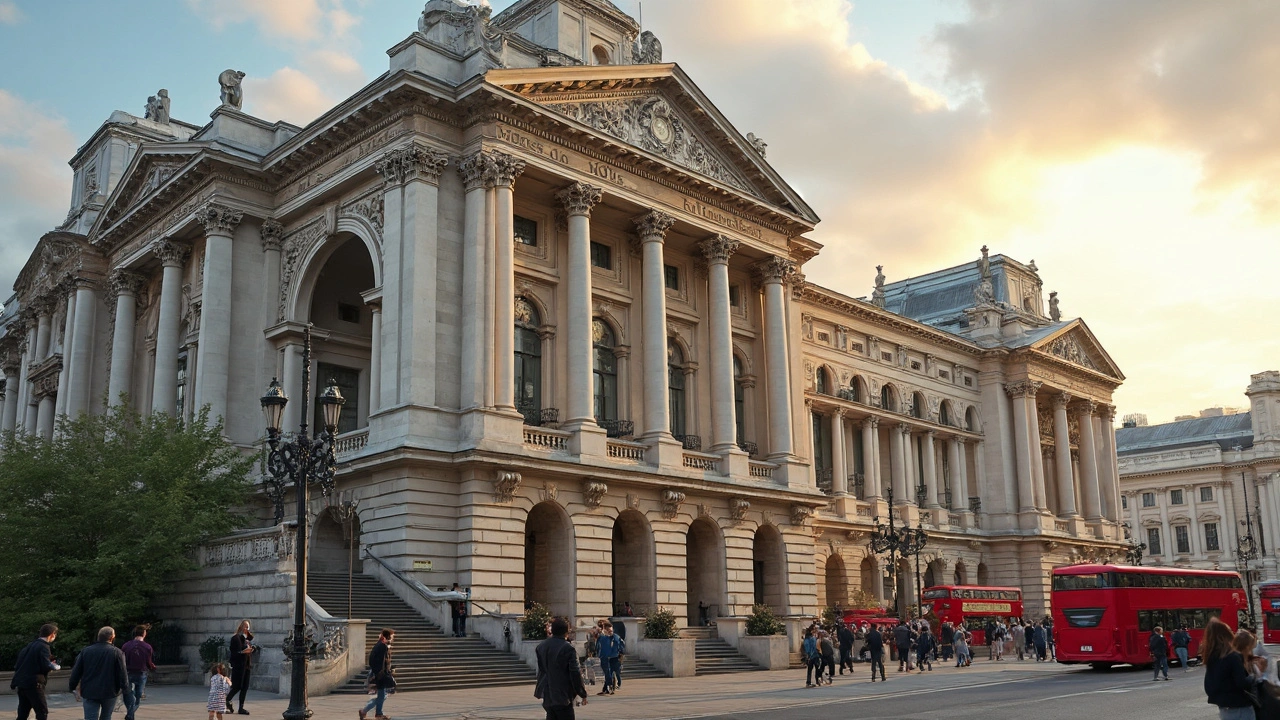Heritage preservation matters because old buildings tell stories and save resources.
On this tag page you’ll find practical advice for protecting historic sites, restoration tips, and ways communities can act.
What heritage preservation covers
Heritage preservation covers repairing buildings, keeping original materials, protecting historic neighborhoods, and documenting stories. It also includes adapting old places for new uses without erasing their character. When a community saves a building it keeps memory, local jobs, and often tourism.
How to start a project
Begin with a clear goal. Do you want to stabilize a roof, restore a facade, or convert a building for modern use? Next, research the building’s history. Check local archives, old photos, and permits. That research helps choose materials and methods that match the original work.
Find the right professionals Hire an architect or conservator who knows historic work. Look for experience with similar styles and old materials. Ask for references and examples. A good pro will suggest repairs that use compatible materials and avoid modern fixes that damage historic fabric.
Simple repairs that matter Some fixes are small but make a big difference. Keep gutters clean to prevent water damage. Repoint mortar with a mix that matches the old mortar. Repair windows rather than replacing them when you can; new windows often change the look and the breathability of old walls. Preserve interior details like moldings and stair rails; they add value and meaning.
Balancing code and character Building codes and accessibility rules matter. Work with local officials early to find solutions that meet safety needs while keeping character. Sometimes small design changes or exemptions are possible. Use reversible solutions so future owners can undo modern work without loss.
Funding and grants Historic projects often qualify for grants, tax credits, or low interest loans. Check national and local heritage agencies for programs. Small community groups can crowdsource funds or partner with local businesses. Keep clear budgets and timelines; funders want to see a plan and realistic costs.
Community action and advocacy Heritage preservation succeeds when neighbors care. Organize walking tours, open houses, or history nights to build interest. Create petitions or work with local preservation boards when a site faces demolition. Stories and photos win hearts more than technical reports.
Materials and sustainability Old buildings can be energy efficient when fixed correctly. Repairing and reusing materials often has a lower carbon footprint than demolition. Add discreet insulation, storm windows, or efficient heating while keeping visible features unchanged.
Quick checklist before work 1. Define goals and budget. 2. Research history and original materials. 3. Consult experienced professionals. 4. Seek permits and funding. 5. Use reversible methods when possible. 6. Communicate with the community.
If you care about a place, small steps add up. This tag page gathers articles, case studies, and how to guides to help you protect buildings and keep local stories alive.
Want specific help? Browse case studies below, read step by step guides, or contact local preservation groups to start planning your next repair or restoration today.

Preserving Beaux-Arts Architecture: Techniques, Challenges, and Modern Impact
Discover why Beaux-Arts architecture matters, its conservation challenges, working preservation tips, and why these grand buildings still inspire in today's cities.
Read more